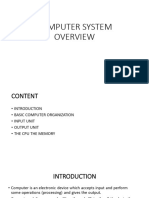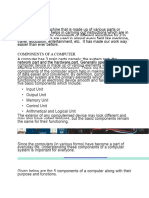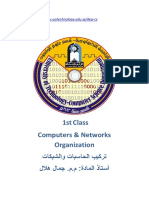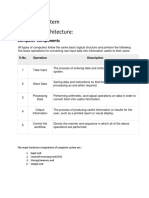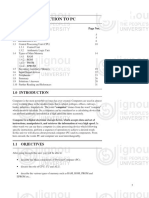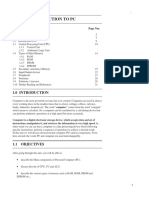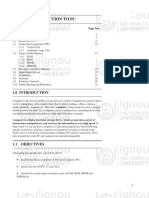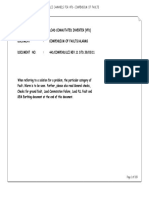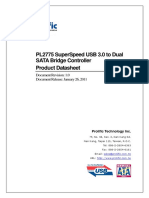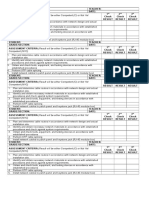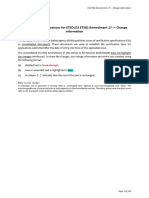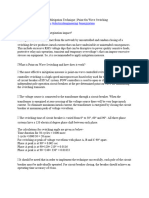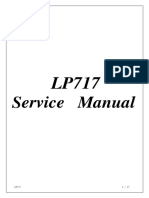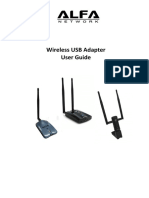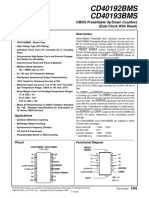0% found this document useful (0 votes)
5 views3 pagesClass 11 Computer Notes
class 11 computer notes pt2
Uploaded by
ipshitasaha1215Copyright
© © All Rights Reserved
We take content rights seriously. If you suspect this is your content, claim it here.
Available Formats
Download as PDF, TXT or read online on Scribd
0% found this document useful (0 votes)
5 views3 pagesClass 11 Computer Notes
class 11 computer notes pt2
Uploaded by
ipshitasaha1215Copyright
© © All Rights Reserved
We take content rights seriously. If you suspect this is your content, claim it here.
Available Formats
Download as PDF, TXT or read online on Scribd
/ 3


